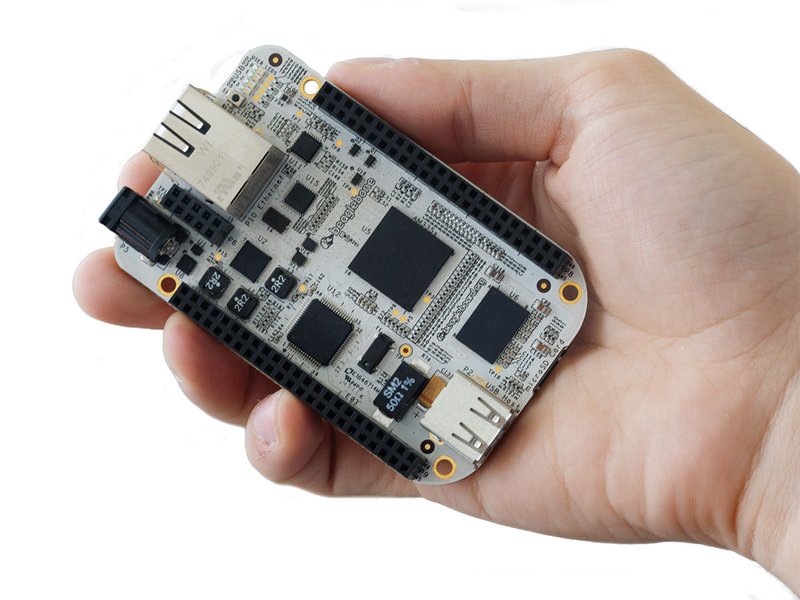I’ve been tracking tech movements for over a decade now, and there’s something fascinating happening in the Linux kernel community that deserves our attention. The ecosystem around kernel development has been shifting from an exclusive domain of wizards typing cryptic commands to a more accessible environment for newcomers. This democratization of kernel contribution isn’t just good for the platform—it’s reshaping how fundamental technology evolves.
The Growing Accessibility of Kernel Development
For years, making your first kernel patch seemed like scaling Mount Everest without gear. The barriers to entry were formidable: complex workflows, intimidating mailing lists, and unforgiving technical standards. But the “First Kernel Patch” initiatives are changing this landscape dramatically.
Communities like KernelNewbies have created structured pathways for first-time contributors. Their approach breaks down the process into manageable steps: setting up development environments, exploring the kernel tree, understanding git basics, and creating patches that meet community standards. This methodical approach is bringing fresh perspectives into a previously insular technical space.
What’s particularly interesting is how this shift mirrors broader trends in open-source development. Projects that create clear contribution paths tend to experience more sustained growth and innovation. The kernel community seems to have recognized this principle and is adapting accordingly.

Technical Trends in Kernel Research
Beyond accessibility, there are several fascinating technical developments emerging in kernel research. These trends reflect both responses to contemporary computing challenges and forward-looking innovations.
Microkernel Architecture Influences
While Linux remains firmly monolithic, ideas from microkernel design philosophies are increasingly influencing its evolution. The continued work on kernel modules, namespaces, and containerization represents a pragmatic borrowing of concepts that previously belonged to competing kernel designs.
I’ve noticed more research papers exploring how traditionally monolithic kernels can selectively incorporate microkernel principles without sacrificing performance. This hybrid approach seems particularly promising for specialized deployments like edge computing and IoT devices where resource constraints are significant.
Enhanced Security Mechanisms – Kernel
The kernel research community has been intensifying focus on security, particularly around memory safety. The traditional C implementation presents inherent security challenges that researchers are addressing through multiple approaches:
- Formal verification of critical subsystems
- Selective implementation of memory-safe components in Rust
- Enhanced runtime protections against exploitation
- Improved isolation between kernel subsystems
This multi-pronged approach reflects both the complexity of the problem and the kernel’s central importance to computing infrastructure. Though, I sometimes wonder if these incremental improvements can keep pace with emerging security challenges… the evidence suggests cautious optimism.
Real-time Capabilities – Kernel
There’s been remarkable progress in enhancing Linux’s real-time capabilities, making it increasingly viable for applications that previously required specialized operating systems. The PREEMPT_RT patchset has been steadily moving toward mainline inclusion, bringing deterministic behavior to more use cases.
This trend is particularly important as Linux expands into domains like industrial automation, automotive systems, and medical devices. Research papers exploring real-time guarantees in complex scheduling scenarios are providing theoretical foundations for these practical improvements.
Kernel – The Community Dynamics
What makes the kernel community particularly interesting to observe is how its social structures influence technical outcomes. The mentorship models being formalized through programs like Kernel Mentors are creating sustainable knowledge transfer mechanisms.
The traditional apprenticeship model of kernel development is evolving into something more structured and inclusive. Regional Kernelnewbies groups are emerging to provide localized support, addressing language and time zone barriers that previously limited global participation.
This evolution hasn’t been without tensions. The community still struggles with balancing high technical standards against the need for inclusivity. Communication styles that worked for a smaller, more homogeneous group of developers sometimes create friction as the community diversifies.
Kernel – The Impact of Corporate Involvement
Another significant trend is the changing relationship between corporate contributors and independent developers. According to the Linux Foundation’s reports, corporate contributions now represent over 80% of kernel development, yet the project maintains its open governance model.
This corporate involvement brings stability and resources but potentially changes innovation patterns. I’ve observed that companies tend to focus contributions in areas aligned with their business interests, sometimes leaving gaps in functionality that might otherwise receive attention.
The most successful corporate contributors have learned to balance their business requirements with community norms, contributing to areas beyond their immediate commercial interests. This balanced approach seems to generate the most sustainable long-term engagement with the project.

Practical Paths for New Contributors
For readers interested in becoming part of this evolving ecosystem, there are several practical approaches worth considering:
-
Start with driver cleanup – The kernel contains many drivers that need code cleanup and standardization. These provide excellent entry points for new contributors because they’re relatively self-contained while still requiring kernel development discipline.
-
Documentation improvements – Understanding and documenting existing functionality often requires the same technical depth as coding while providing a gentler introduction to the development process.
-
Testing and bug reproduction – The kernel’s testing infrastructure continues to evolve, and contributing to this area provides both immediate value and technical insight.
-
Participate in specialized subsystems – Areas like filesystems, networking, and security often have focused communities that can provide more direct mentorship than the broader kernel mailing lists.
Each of these paths offers different advantages depending on your interests and background. What they share is lowering the initial contribution barrier while still requiring meaningful engagement with the codebase.
The Challenge of Keeping Pace
One trend I find particularly concerning is the growing gap between kernel development velocity and educational resources. The kernel changes so rapidly that books, courses, and tutorials become outdated almost immediately. This creates a challenging learning environment where even “beginner” resources may require significant background knowledge.
Some community initiatives are addressing this through living documentation and mentorship, but I worry these efforts may not scale sufficiently. The learning curve remains steep, especially for concepts unique to kernel development like memory management models and hardware abstraction.
Looking Forward: Research Frontiers
As we look toward future kernel development, several research areas stand out as particularly promising:
-
Energy efficiency – With computing’s environmental impact receiving increased attention, kernel-level energy management is becoming a critical research area.
-
Hardware acceleration abstractions – Creating unified interfaces for diverse accelerators (GPUs, FPGAs, ASICs) represents both a technical challenge and a strategic necessity.
-
Novel isolation mechanisms – The security boundaries between applications, containers, and kernels continue to evolve, with research exploring new models that blend performance with protection.
-
Distributed operating system concepts – As computing becomes more distributed, kernel interfaces that span multiple physical systems are receiving renewed research attention.
These frontiers represent opportunities not just for established kernel developers but for newcomers bringing fresh perspectives from adjacent fields.
The Linux kernel remains one of our most fascinating examples of collaborative technical evolution. Its development model has survived challenges that have derailed many other projects, adapting to dramatic changes in computing while maintaining core principles. As research continues to push its capabilities forward, the community’s efforts to welcome new contributors may prove just as important as technical innovation.
For all its complexity and occasional frustration, the kernel development process continues to produce remarkable results. I’m excited to see how the research trends and community dynamics evolve over the next few years… though I admit I’m still wrestling with my first patch submission.



